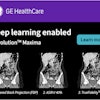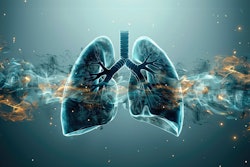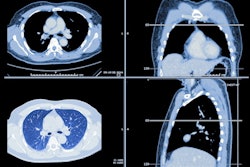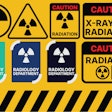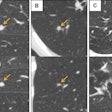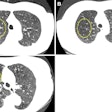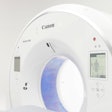Australia has launched its National Lung Cancer Screening Program (NLCSP), designed to assess heavy current or former smokers between 50 and 70 years old.
The NLCSP is a targeted screening program using low-dose CT scans to screen high-risk people without any signs or symptoms suggestive of lung cancer.
According to the NLCSP guidelines, the screening program provides free low-dose CT scans to eligible participants every two years unless an abnormality is found.
The program is expected to detect approximately 1,500 cases of lung cancer each year that might otherwise have gone undetected, according to respiratory specialists, with approximately 930,000 Australians eligible for screening.
Lung cancer is the leading cause of cancer death in Australia; an estimated 15,000 Australians were diagnosed with lung cancer in 2024, of whom 8,900 died. While the nation has among the best lung-cancer survival rates in the world, according to the program, most people are diagnosed with late-stage disease, and the five-year survival rate post diagnosis is only 26%.
The program will focus on First Nations communities in particular, as lung cancer disproportionately affects indigenous communities, with significantly higher rates of lung cancer and significantly worse lung cancer outcomes. Aboriginal and Torres Strait Islander peoples have an 11% five-year postdiagnosis survival rate, according to the NLSCP.
The scope of the program is solely screening; those with findings suggestive of lung cancer or incidental findings "will be referred to usual care, where optimal care and relevant clinical guidelines and pathways should be followed," according to the NLSCP guidelines.
The NLCSP guidelines are available for download here.



